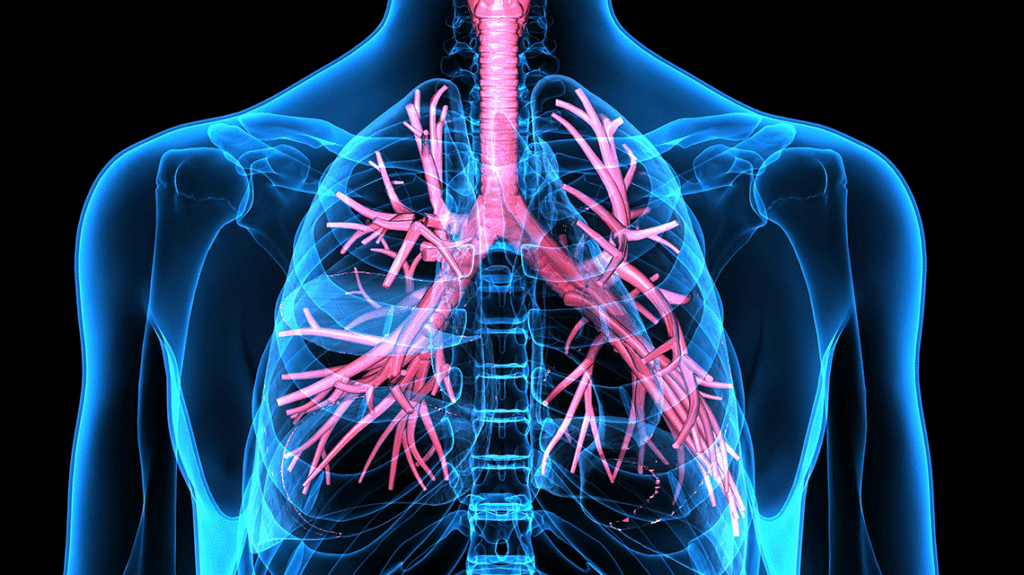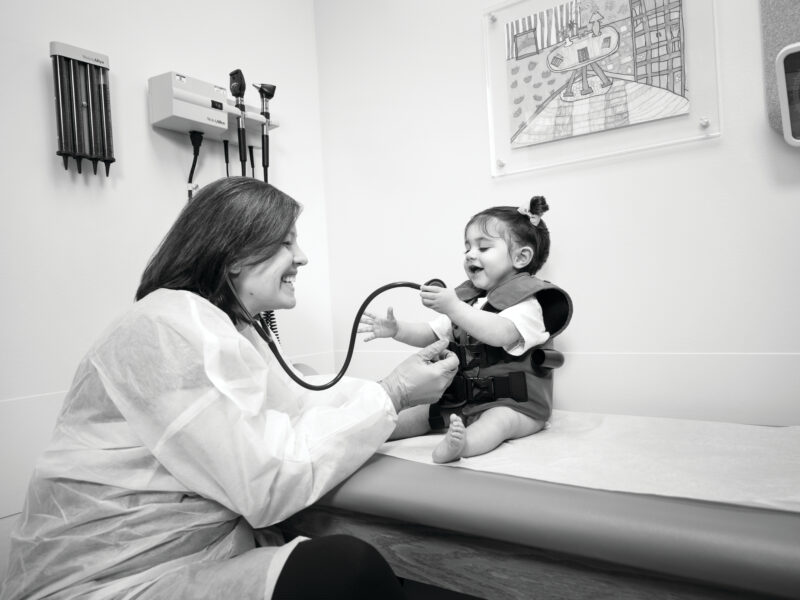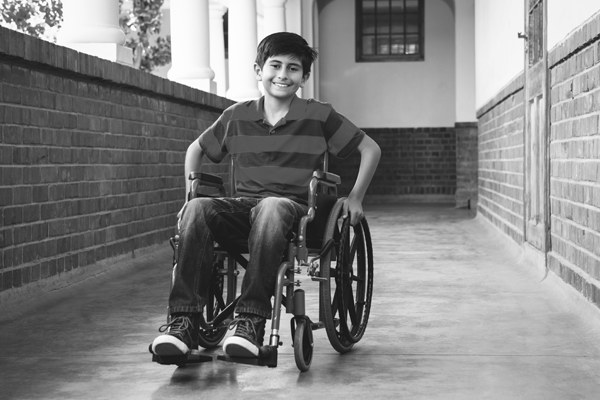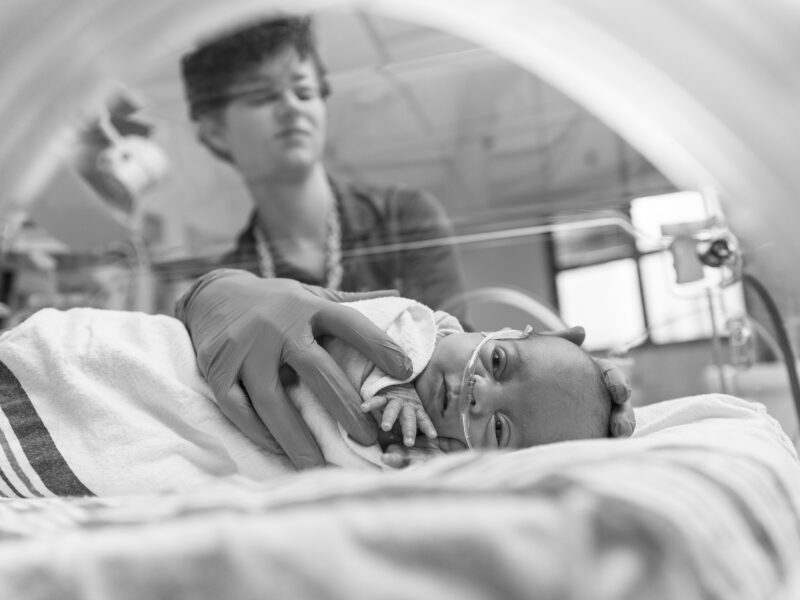Measuring the Progression of CF in School-Aged Children
Measuring the Progression of CF in School-Aged Children https://pediatricsnationwide.org/wp-content/uploads/2021/02/AdobeStock_126797930_lung-header-1024x575.gif 1024 575 Abbie Miller Abbie Miller https://pediatricsnationwide.org/wp-content/uploads/2023/05/051023BT016-Abbie-Crop.jpg- October 12, 2020
- Abbie Miller

A multicenter study utilized chest computed tomography and lung function tests taken repeatedly over two years in school-aged children with mild cystic fibrosis.
Understanding disease progression in chronic illnesses is important to managing patients and improving outcomes. For children with cystic fibrosis, it can be difficult to predict how long it will take for negative outcomes to arise in otherwise healthy patients.
A multicenter study from experts in cystic fibrosis and radiology, including Nationwide Children’s Hospital, aimed to identify radiographic changes that suggest disease progression. School-aged children with mild CF were followed over three years.
“Data like these are essential to helping us diagnose and monitor lung disease progression in children,” says Karen McCoy, MD, chief of Pulmonary Medicine and the Cystic Fibrosis Program at Nationwide Children’s Hospital, and author on the recent study published in Pediatric Pulmonology.
The participants were evaluated using chest CT scans and pulmonary function tests. Notably, the study was conducted before the widespread use of the lung clearance index; therefore, it was not included.
Key biometric measures obtained from chest CT scanning – mucus plugging score and qualitative air trapping score – were the most sensitive indicators of progressive cystic fibrosis lung disease in these children. These scores most strongly correlated with the Brody II BS than the Brody II air trapping score or spirometric measurements. The one-year bronchiectasis score has the most positive predictive power for two-year change.
“In general, without treatment, there’s progression in the biometrics of cystic fibrosis,” says Stephen Druhan, MD, radiologist at Nationwide Children’s. “Collaborative research between pulmonologists and radiologists in the context of cystic fibrosis helps to build a bridge between imaging findings and the clinical picture.”
In the context of newly available regimens – CFTR (cystic fibrosis transmembrane conductance receptor) modulators – Dr. Druhan and Dr. McCoy suggest that future studies will see a marked improvement on biometric indicators.
“When we started this work, CFTR modulator therapies were not available,” says Dr. McCoy. “Now we’ve seen the dramatic affect they can have on patients. We’re looking forward to continuing these types of studies to better understand how the new therapies influence disease progression.”
Reference:
Robinson TE, Goris ML, Moss RB, Tian L, Kan P, Yilma M, McCoy KS, Newman B, de Jong PA, Long FR, Brody AS, Behrje R, Yates DP, Cornfield DN. Mucus plugging, air trapping, and bronchiectasis are important outcome measures in assessing progressive childhood cystic fibrosis lung disease. Pediatric Pulmonology. 2020 Apr;55(4):929-938.
Image credit: Adobe Stock
About the author
Abbie (Roth) Miller, MWC, is a passionate communicator of science. As the manager, medical and science content, at Nationwide Children’s Hospital, she shares stories about innovative research and discovery with audiences ranging from parents to preeminent researchers and leaders. Before coming to Nationwide Children’s, Abbie used her communication skills to engage audiences with a wide variety of science topics. She is a Medical Writer Certified®, credentialed by the American Medical Writers Association.
-
Abbie Millerhttps://pediatricsnationwide.org/author/abbie-miller/
-
Abbie Millerhttps://pediatricsnationwide.org/author/abbie-miller/
-
Abbie Millerhttps://pediatricsnationwide.org/author/abbie-miller/
-
Abbie Millerhttps://pediatricsnationwide.org/author/abbie-miller/
- Posted In:
- In Brief







